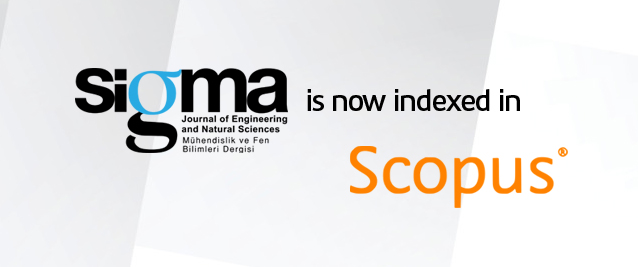2Division of Gastroenterology and Hepatology, Istanbul Atlas University, Istanbul, 34413, Türkiye
3Department of Nutrition and Dietetics, Istanbul Gelisim University, Istanbul, 34315, Türkiye
4Department of Medical Biochemistry, Istanbul Atlas University, Istanbul, 34413, Türkiye
5Department of Nutrition and Dietetics, Istanbul Medeniyet Univeristy, Istanbul, 34000, Türkiye
Abstract
Dyslipidemia is strongly related to metabolic-dysfunction associated fatty liver disease (MA-FLD). Therefore, the lipid profile may be a potential indicator of defining MAFLD. Anthro-pometric measurements are widely used as simple and practicable tools to screen metabolic dysfunction, and no study determined the relationship between anthropometric measurements and blood lipid-related indexes. The aim of this study was to examine the relationship between several anthropometric measurements and blood lipid-related indexes in MAFLD patients. This study was conducted among 123 MAFLD patients in a private University Hospital in Istanbul, Turkey, between 01.06.2021 – 30.12.2021. Anthropometric and biochemical measurements were taken from all patients. Hepatic steatosis was determined using ultrasonography. SPSS was used to analyze the data. Neck circumference (NC) was moderately associated with triglyceride glu-cose index (TyG) in both genders. It was found that there was a moderate correlation between NC and cardiometabolic index (CMI), triglyceride (TG), and triglyceride to high-density lipo-protein ratio (TG/HDL-C) in women, whereas it was weakly correlated with CMI index in men. Neck-to-height ratio (NHtR) was moderately associated with CMI, and TyG indexes in women, while it was weakly correlated with TyG index in men. There was a moderate association be-tween waist-to-hip ratio (WHR) and low-density lipoprotein (LDL-C) in women. However, it was only weakly correlated with CMI index in men. It was observed that the waist-to-height ratio (WHtR) was only linked with TyG index in men. Additionally, the body mass index (BMI) and blood lipid-related indicators had no association. Our finding suggests that both NC and NHtR could be used to predict the risk of dyslipidemia in MAFLD, especially among women.















